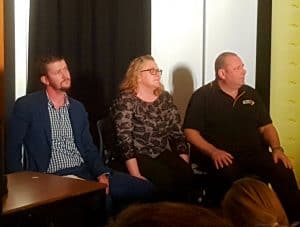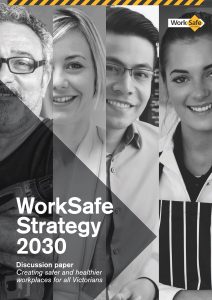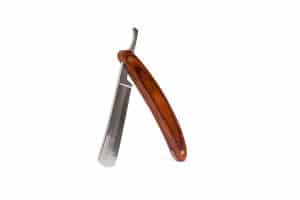Last week SafetyAtWorkBlog wrote about the release of a WorkSafe Victoria Strategy 2030 discussion paper. WorkSafe has responded to a series of questions that were clear and straightforward. The response is largely unhelpful.
“The discussion paper seeks feedback on WorkSafe’s next long term strategy which will support an even greater focus on injury prevention, the provision of tailored services and empathetic support to every injured worker and the transformation of WorkSafe into a technologically agile organisation.
The discussion paper has been promoted with a series of community seminars across the state, shared on social media, and sent to our employees and key stakeholders to promote and encourage feedback among their networks.
Workplace safety affects every Victorian which is why we are seeking the views of employers, workers and the broader community.
A summary of the feedback will be made available on the WorkSafe website before the end of the year.”
The questions asked by SafetyAtWorkBlog are listed below.



 Following
Following  The Victorian (Labor) Government promised a
The Victorian (Labor) Government promised a 